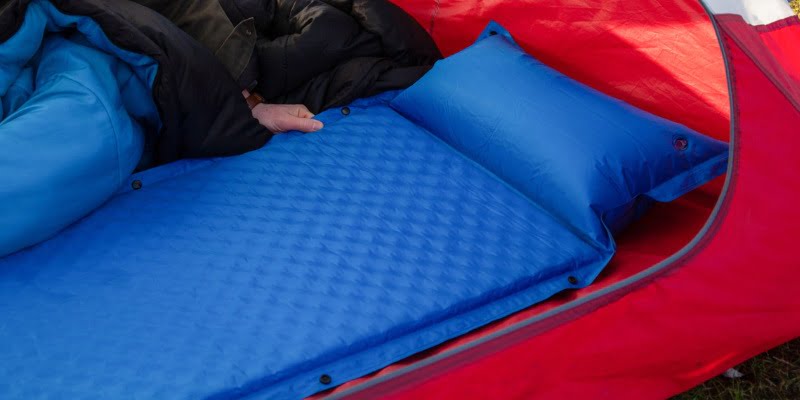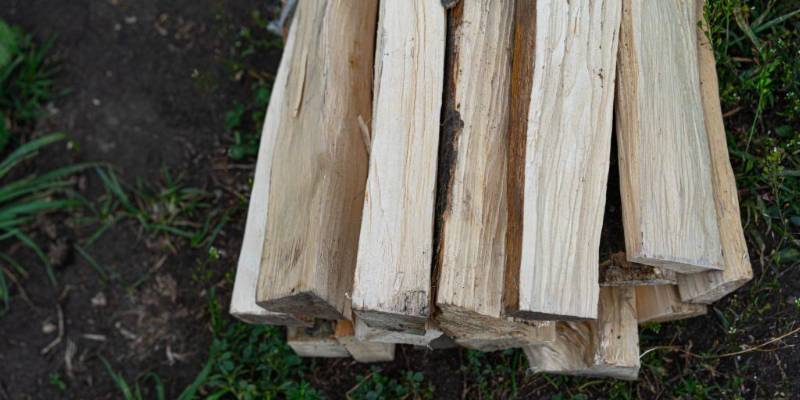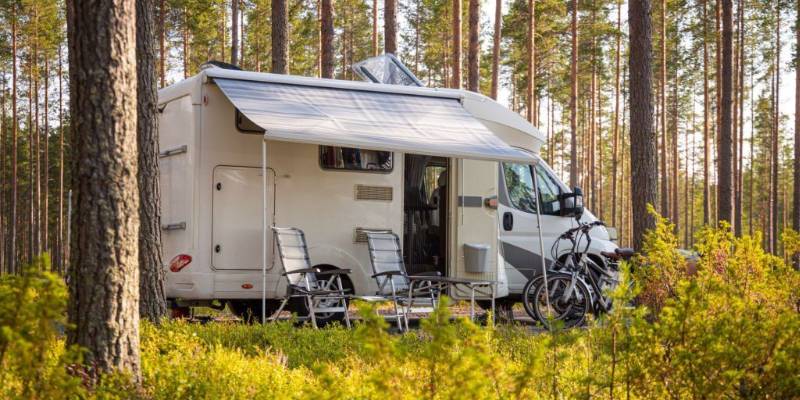Why choose a self-inflating mattress for camping?

A good night’s sleep can make all the difference between an enjoyable adventure and a restless night. That’s where the self-inflating mattress comes in. Imagine arriving at your campsite after a long hike, and instead of wrestling with a bulky air mattress or settling for a thin sleeping pad, your mattress inflates on its own with minimal effort. Not only does it provide superior insulation from the cold ground, but it’s also lightweight, compact, and easy to carry. So, why settle for less when you can have both comfort and convenience?
Let’s discover why you should choose a self-inflatable mattress for camping…
Advantages of the Self-inflating Mattress
A self-inflating mattress is not only easy to carry when deflated but also delivers maximum comfort during use. The secret to this comfort lies primarily in its filling—foam. With its soft and cushioned texture, foam adapts to your body, letting you relax and sleep with ease.
These mattresses come in several types, and the self-inflating variety stands out for its perfect blend of comfort and convenience. The biggest perk? Their ability to inflate on their own. Simply unroll it, and the mattress will take in air, reaching the firmness you need without any effort from you.
Where and When to Use a Self-inflating Mattress?
The versatility of a self-inflating mattress makes it ideal for a range of outdoor scenarios. Whether you’re a weekend camper or a seasoned adventurer, here are the best times and places to use one:
- Camping Trips: Perfect for both established campgrounds and remote backcountry spots, self-inflating mattresses provide a cozy sleeping surface and essential insulation from the cold, hard ground.
- Winter Camping: With high R-values, they are great for cold-weather adventures. They offer excellent insulation, helping to keep you warm even as temperatures plunge.
- Car Camping: For car campers who want a stress-free setup, these mattresses are ideal. They inflate themselves without needing a pump, offering a comfortable and hassle-free sleep setup.
- Long Hikes: Lightweight and compact, self-inflating mattresses are designed for hikers covering long distances. They’re easy to set up and won’t weigh you down, ensuring you stay well-rested.
- Off-Snow Hikes: Although not suitable for use directly on snow, these mattresses are great for spring through autumn hikes. They can be folded up compactly and are easy to transport, making them a solid choice for milder weather conditions.
- Minimalist Hikers: For those looking to travel light, self-inflating mattresses offer great space savings. Their low weight and compact design make them an ideal companion for minimalists who prioritize ease and practicality.
How to Choose the Best Self-inflating Mattresses?
Like any purchase, choosing the right self-inflating mattress depends on several important factors. To make the process simple and help you avoid mistakes, here are the key criteria you should consider:
The material
PVC, like vinyl, is excellent for ensuring the longevity of a self-inflating mattress. Both coatings are highly resistant to wear and tear, making them durable enough to withstand the rigors of outdoor use. For extra comfort, some models come with a textile cover, providing a soft, cozy feel. These even include a removable duvet and an integrated pillow, giving you home-like comfort while camping.
Dimensions: a matter of size!
It’s important to note that self-inflating mattresses come in various types, tailored to different users: classic models for one person, those designed for two people, and even specialized versions for children. When selecting a mattress, it’s essential to consider the dimensions based on your intended use. For optimal comfort, choose a length that is at least 10 centimeters longer than your height. As for the width, opt for a model that offers around 50 centimeters or more of space, depending on your body size, to ensure you have enough room to sleep comfortably.
Thermal insulation
When selecting a self-inflating mattress, it’s essential to consider the seasonal conditions in which you’ll be using it. Mattresses are categorized into winter mattresses and 3-season mattresses, which cover spring, summer, and autumn.
3-season mattresses are thinner and offer less insulation but have the advantages of being lightweight, compact, and more budget-friendly than their winter counterparts.
Regardless of the season, your choice of mattress should take into account both the thermal conditions and the type of terrain where you’ll be camping. The insulation quality is indicated by the mattress’s R-value: the higher the R-value, the better the thermal insulation.
The coating: a guarantee of longevity
Although self-inflating mattresses are designed to adapt to rustic locations and often have obstacles (pebbles, tree slices, etc.), it is prudent to check the resistance of the base coating of the equipment to ensure its longevity. I recommend you opt for materials resistant to the risk of punctures such as PVC or vinyl.
As for the quality of the touch, it is better to favor a suede or laminated cotton covering. For people sensitive to the cold, a self-inflating double mattress will be an excellent choice in winter.
Ease of assembly and disassembly
One of the key principles of camping is to keep your gear lightweight to minimize fatigue. When purchasing a self-inflating mattress, consider the ease of inflation; some models feature manual pumps, while others come with integrated electric pumps for quick setup. It’s also wise to choose a mattress with inflation valve protection or have a repair kit handy just in case.
For families, look for models with side protection to prevent toddlers from rolling off during sleep. Furthermore, while these criteria are crucial, don’t overlook other factors like waterproofing and the manufacturer’s warranty, which are listed in the product’s technical datasheet.
Weight and portability
If you’re planning on backpacking, choose a lightweight and compact model, as every ounce counts in your pack. On the other hand, if you’re car camping, weight may not be as critical, allowing you to opt for a more comfortable mattress with extra features without worrying about portability.
Final Thoughts
To sleep in a tent while camping or hiking, you have several choices a groundsheet, a sleeping bag, a self-inflating, or an inflatable mattress. Manual inflatable mattresses require a separate pump or inflator, which may or may not be included in your purchase.
For added convenience and to maximize storage space, I recommend considering an electric inflatable mattress or an automatic self-inflating mattress. These models can inflate in less than 10 minutes, allowing you to set up your sleeping area effortlessly.






